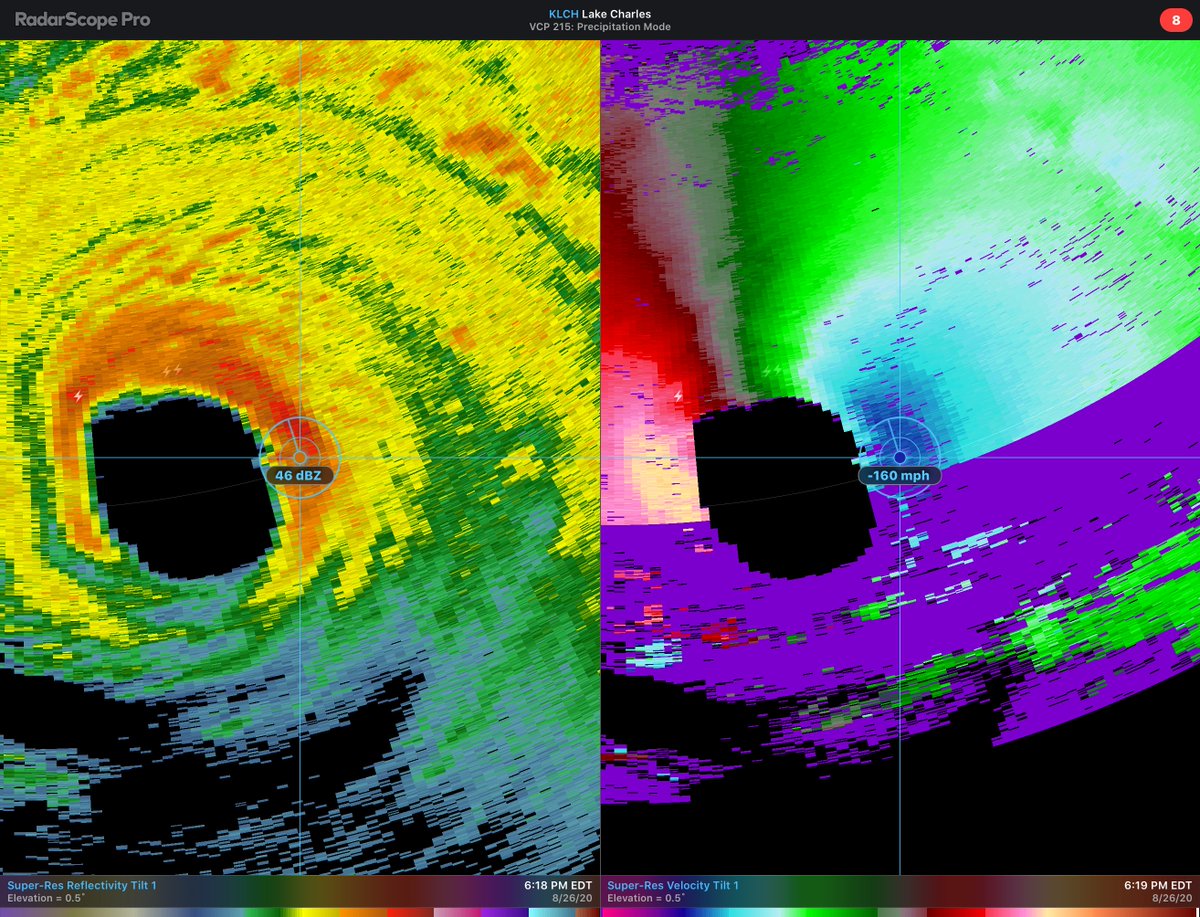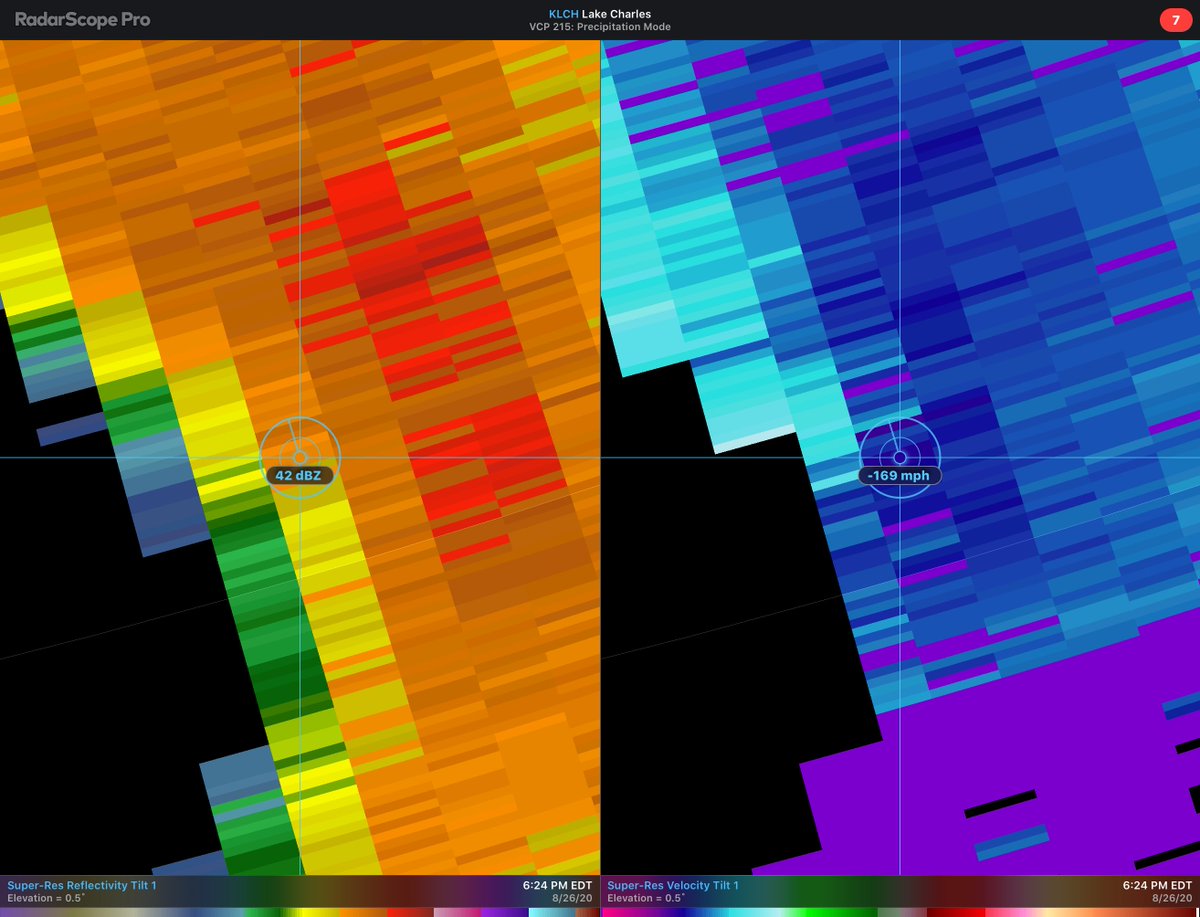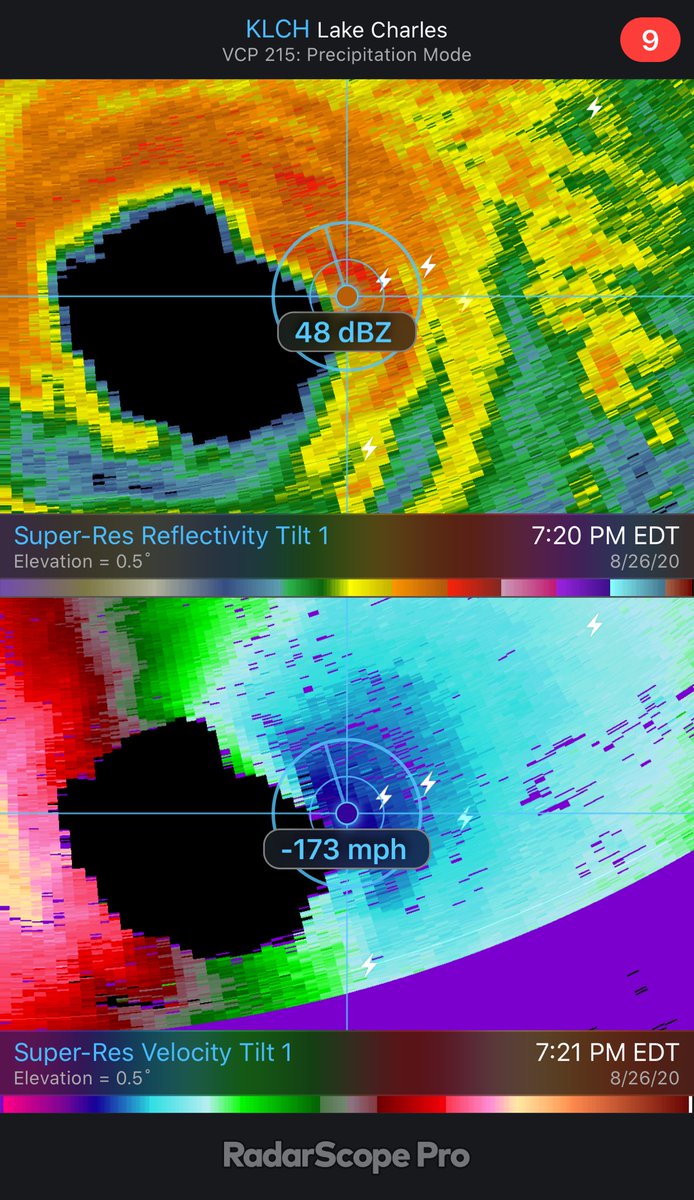
Let's discuss the anomalous NATL high latitude SST warming that occured this Summer + the negative SSTA that shifted equatorward. Remarkable seasonal changes that need an explanation.
1⃣hypothesis: The SSTA pattern was aided by enhanced NATL anticyclonic wave breaking (#AWB).
1⃣hypothesis: The SSTA pattern was aided by enhanced NATL anticyclonic wave breaking (#AWB).
We've certainly seen our fair share of #AWB events recently. These atmospheric waves break over & over in the NATL, helping define the mean tropical upper-tropospheric trough (#TUTT), individually comprised of potential vorticity streamers (#PVSs) folding under building ridges.🌊
But while upper-level AWB & PVSs are common in the Summer, 2022 has been rather exceptional as seen in the 200mb vector wind anomalies.
Look between 40-45N/10-40W. Thats a 9-10 m/s ENE vector anomaly when the climatological flow is typically 10-15 m/s *westerly*
Look between 40-45N/10-40W. Thats a 9-10 m/s ENE vector anomaly when the climatological flow is typically 10-15 m/s *westerly*
Great so we've had lots of AWB...but what does that have to do w/ SSTA changes? As it turns out, a lot!
Check Zhang and Wang (2019). Their paper nicely showed how enhanced sfc fluxes & winds in AWB events promote SSTA chances over a large area.
Paper→journals.ametsoc.org/view/journals/…
Check Zhang and Wang (2019). Their paper nicely showed how enhanced sfc fluxes & winds in AWB events promote SSTA chances over a large area.
Paper→journals.ametsoc.org/view/journals/…

This SSTA pattern also roughly matches the composite I put together for my PhD dissertation (now 5 years ago 😬) of inactive PVS years (top) and active PVS years (bottom).
Dissertation→proquest.com/docview/197847…
Dissertation→proquest.com/docview/197847…

Anyway the usual caveat I always state is #AWB (and by extension #PVS activity) is *not* the be all end all when it comes to TC activity modulation. Many other (often stochastic) factors that impact overall TC activity.
But hope this has been a thought provoking thread! Fin.
But hope this has been a thought provoking thread! Fin.
• • •
Missing some Tweet in this thread? You can try to
force a refresh









